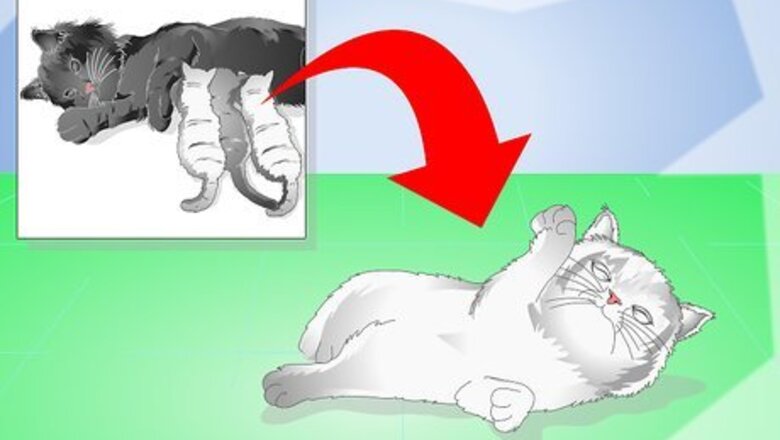
views
Feeding a Newborn Kitten
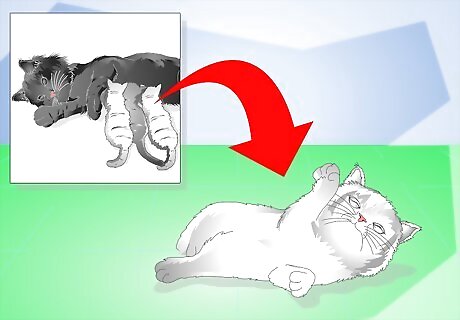
Ensure that the kitten does not have a mother. If you've found a newborn kitten outside and think it has been abandoned, watch and wait to make sure that the mother is not nearby. You should not stand close to the kitten or touch it until you've determined that there is not a mother cat nearby. Stay at least 35 feet away and wait for several hours before you intervene. It is not uncommon for mother cats to temporarily leave their litter while hunting. In some cases, a mother cat will reject a kitten, particularly if the kitten is a runt or otherwise unhealthy. She may refuse to nurse the kitten and may even harm it. In this case, take the kitten away from the mother and feed it yourself. Only when and if you are certain that there is no mother to feed the kitten, proceed to the next step.
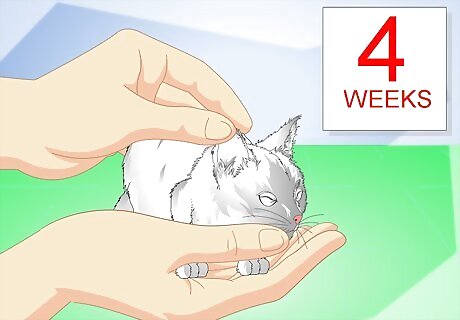
Determine that the kitten is a newborn. Newborn kittens are those under two weeks old, and they survive on a diet of milk and cannot digest solid food. Since their dietary needs are different from older kittens, you will need to bottle feed if your kitten is a newborn. Kittens are born blind and deaf. If the kitten is a newborn, then its eyes and ears will still be sealed shut. A kitten's eyes will start to open when the kitten is around seven to 10 days old. You can also determine whether a kitten is a newborn by looking for front teeth in its mouth. Kittens do not get their front teeth until three to four weeks old, so a kitten with no front teeth is likely a newborn. Newborn kittens are also mostly immobile or just learning to crawl.
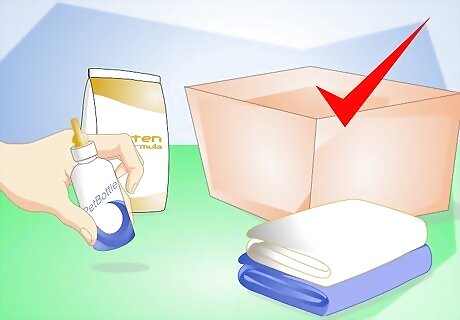
Prepare your supplies. Be sure you have the proper supplies on hand, and if not, have someone run to the store while you get the kitten comfortable. You need a warm place for her to stay (a cardboard box with warm towels will do for now; newborn kittens can't climb out of boxes). The kitten must be warm before you attempt to feed her; feel her ears and pads of her feet, and if they feel cool, she is too cold to eat. Put her in your shirt or hold her in your warm hands and cover her with a blanket or towel until you can raise her body temperature. You will need powdered kitten milk, available from any pet store. Many pet stores also sell canned formula for kittens, but it can cause diarrhea in newborns, so stick with the powdered kind if it is available. You will also need a kitten bottle and nipple, available at pet stores. If that is unavailable or if you cannot get one in time, you can use an infant medicine dropper in a pinch, but it will take longer to feed the kitten and won't help the kitten learn to suck and develop its oral motor skills.
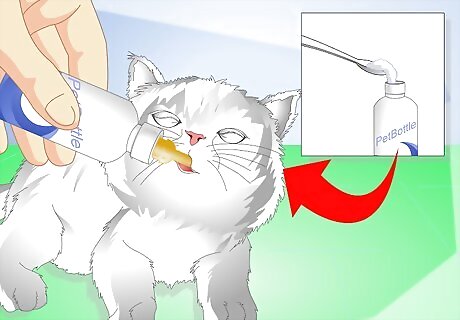
Feed the kitten. Mix the formula according to package directions, warming it carefully to about 95°F (35°C). Wash the bottle and nipple, then pour the formula into the bottle, swishing it gently to ensure that the heat is evenly distributed (to avoid burning the kitten's mouth). To feed the kitten, do not flip her on her back or elevate her head. She will choke. Instead, picture how a kitten nurses on the mother, with feet and head downward. Tip the bottle, not the kitten, and let the kitten suck the milk out of the bottle. If the kitten does not begin suckling, hold her head between your palm and fingers and squeeze a few drops of formula into her mouth. Brand-new kittens will eat only a teaspoon or so for every 4 ounces of body weight. Be sure you don't force the kitten to eat more than she wants. Be sure to store any unused formula in the refrigerator. It contains milk and it will spoil if left at room temperature.
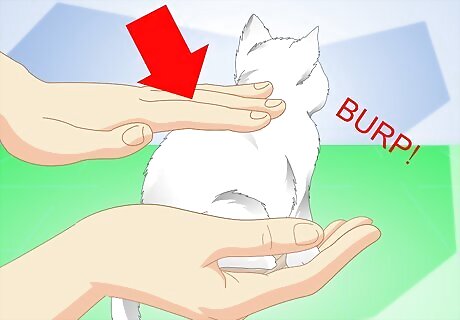
Burp her. This might sound silly, but a bottle-fed kitten needs to be burped just like a human infant. The process of bottle feeding can fill a kitten's abdomen with air, which must be expelled gently. Hold her up on your shoulder with a hand under her belly. Gently pat her back.
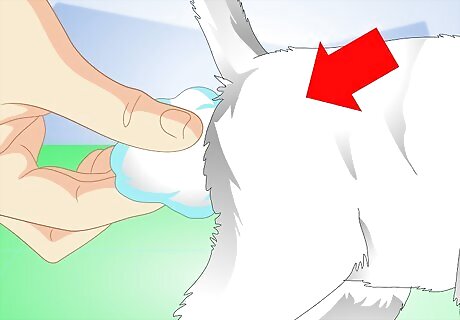
Stimulate her to use the bathroom. Kittens under four weeks old have not yet developed the ability to urinate or defecate without being stimulated, which the mother typically does by licking the kitten's anus. Dampen a washcloth with warm water and wipe under the kitten's tail gently, in one direction. The kitten will likely urinate after every feeding and defecate once or more a day. When you are stimulating her anus, you must keep doing it until she has finished urinating or defecating, or she will not finish emptying her bladder or bowels. If you do not stimulate her to eliminate, she will not be able to eat more food. After she has used the bathroom, offer her a bit more formula. If she seems uninterested, she is likely done.
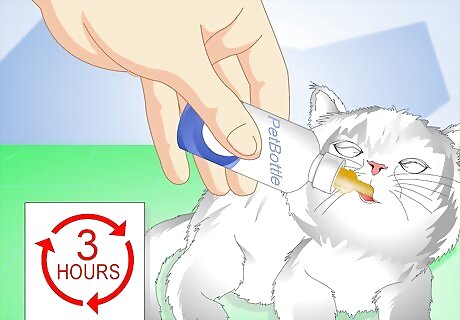
Feed her every three hours, day and night. Newborn kittens, like newborn humans, have tiny stomachs and must be fed frequently to survive. Set an alarm and ensure that you offer food every three hours. You must also stimulate her to poop every time she eats. Do not over- or under-feed the kitten, which can cause diarrhea and dehydration and can be fatal for a newborn kitten.
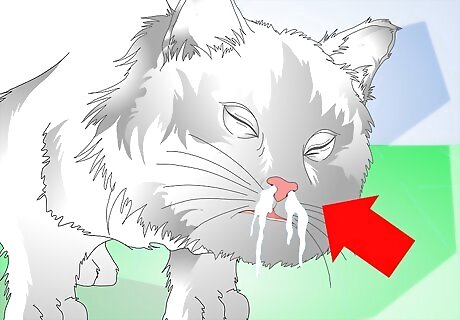
Trouble-shoot if the kitten will still not eat. There are several health issues that might be why she is not eating. If milk dribbles out of her nose and she seems to choke when nursing, ask the veterinarian to check for a cleft hard palate in her mouth.
Feeding an Older Kitten
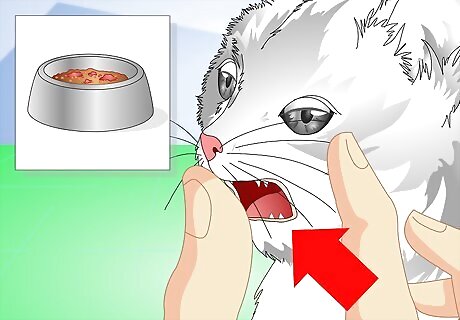
Determine if the kitten is old enough for solid foods. Kittens typically get their back teeth at around five weeks of age, and this is when they can begin switching from a milk-based diet to a solid food diet. Gently open the kitten's mouth and look for front and back teeth. The teeth should be fully emerged, not just lightly poking through the gums.
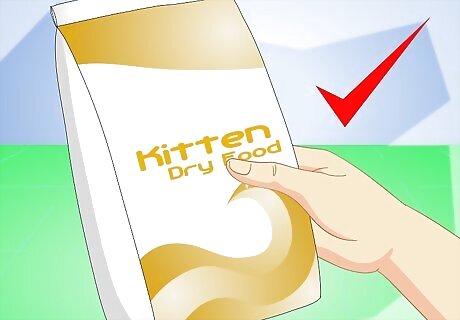
Purchase kitten food. There are many types and varieties of solid kitten food on the market, including many varieties of crunchy, dry cat food and soft, moist canned food. Many kittens prefer softer food, as it is easier to eat and can ease the transition from milk to solid food. If you don't want to pay for more expensive canned cat foods, try adding a bit of warm milk to kitten kibble and let it sit for a minute to soften.
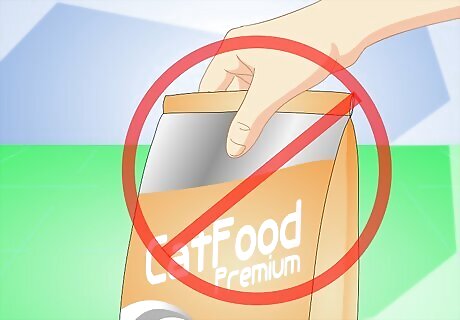
Do not give your kitten cat food. Kittens have different nutritional needs than older cats, and cat food will not provide enough calcium, protein, and other things that she needs. Kittens must eat kitten food until they are about six to nine months old, or until they have been spayed or neutered.
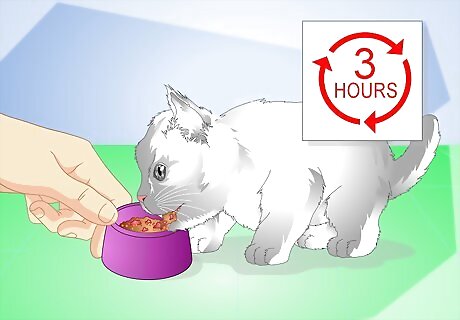
Feed her frequently. Kittens have tiny tummies and need to eat every few hours. Try offering her moist, warm (but never hot) kitten food every three hours, but leave a small amount of dry kitten kibble for her to chew on as she pleases throughout the day.
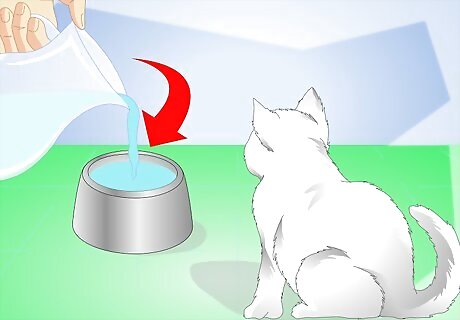
Have clean, fresh water available for your kitten at all times. Don't reserve water for meal times. Monitor the water bowl and ensure that your kitten drinks. If she doesn't, use a kitten bottle or infant medicine dropper to give her some water. If she becomes dehydrated, you can offer children's Pedialyte.
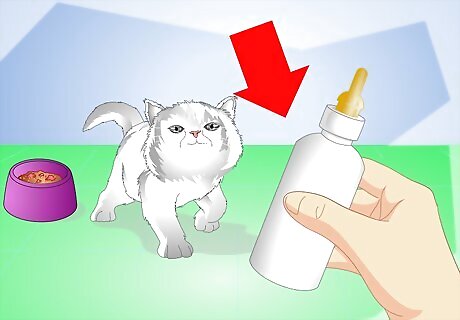
Try offering milk. If an older kitten refuses to eat solid foods, you can bottle feed or even force feed milk-based formulas such as kitten formula from the pet store or the emergency kitten formulas listed in the next part. This is not a long-term solution, since the dietary needs of older kittens and cats is very different from newborn kittens; however, it will keep your kitten from becoming dehydrated and will buy you some time as you figure out what she will eat. To force feed a reluctant or ill kitten, use a small syringe or eye dropper (you can ask for an infant medicine dropper at any pharmacy). Fill it with kitten formula (or alternately, with a mix of canned kitten food and milk, whisked together to make a slurry), then insert in the side of the kitten's mouth while holding the kitten securely on your lap (do not turn the kitten upside down. Always feed a kitten feet-down). Squirt it gently and repeat. Don't overfeed the kitten.
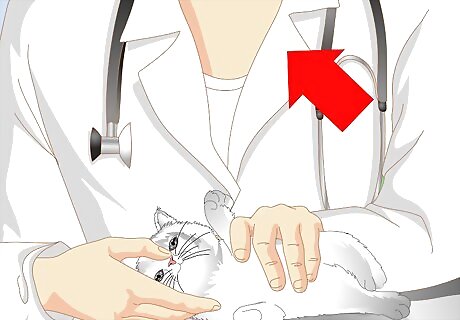
Take her to the vet. If she will not eat and is looking sick, she could be suffering from a serious feline illness and need treatment. Even if her illness is not severe, she will not be able to survive if she doesn't eat. A vet can assess your kitten's condition, treat her illness, and give you tips for getting her to eat.
Preparing Emergency Kitten Formula
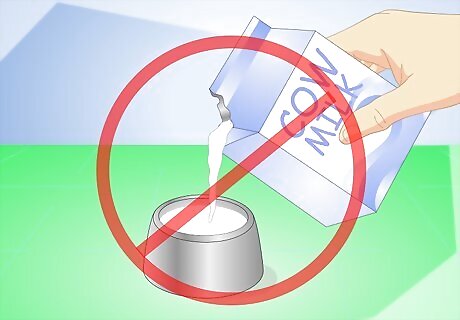
Do not feed kittens cow's milk. While it is convenient, it is not nutritious enough for a kitten and a kitten on an exclusive cow's milk diet will starve. Cow's milk will also cause diarrhea which will lead to dehydration.
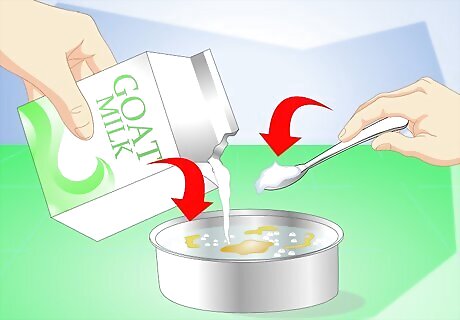
Make your own formula if nothing else is available. If you can't get your hands on kitten formula locally and don't have time to wait on an internet order, you can make a recipe using ingredients available at your grocery store. Try one of these, but remember: these are not long-term feeding solutions but only for emergencies: Try powdered human formula, but at double the normal strength. You can purchase human baby formula at any grocery or big box store. It is not nutritious enough for kittens, so double the amount of powdered formula to one part of water. Try a goat's milk based formula: Combine a quart of whole goat milk; a tablespoon of plain, nonfat yogurt; a teaspoon of light corn syrup (such as Karo syrup), one egg yolk, and a package of unflavored gelatin in a small saucepan. Heat just until the gelatin is dissolved, and store in a sealed container in the refrigerator for up to a week. To use, heat a small amount for a few seconds in the microwave, until it feels warm when you dip some onto your wrist. Try mixing one can of evaporated milk, one egg yolk, and two tablespoons of light corn syrup (such as Karo syrup). Store in a sealed jar in the fridge. To use, mix the formula with equal parts of hot water. You can also add a drop of human baby liquid multivitamins once a day to the formula for added nutrition.
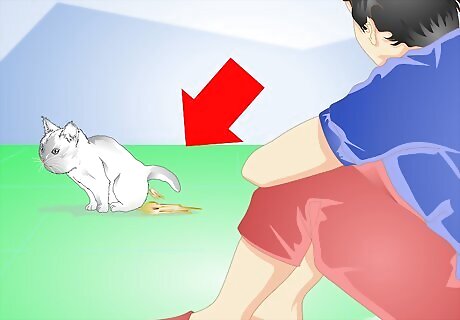
Be prepared for diarrhea or constipation. These formula recipes will work in an emergency, but can cause digestive issues since they are not ideal kitten food. In case of these issues, there are a few things you can try: In case of diarrhea, you can replace some of the water with unflavored Pedialyte. This is a product made for human children, found in most big box stores and pharmacies. For constipation, add a drop of vegetable oil to one bottle of kitten formula. Do this once a day until the constipation is gone.




















Comments
0 comment